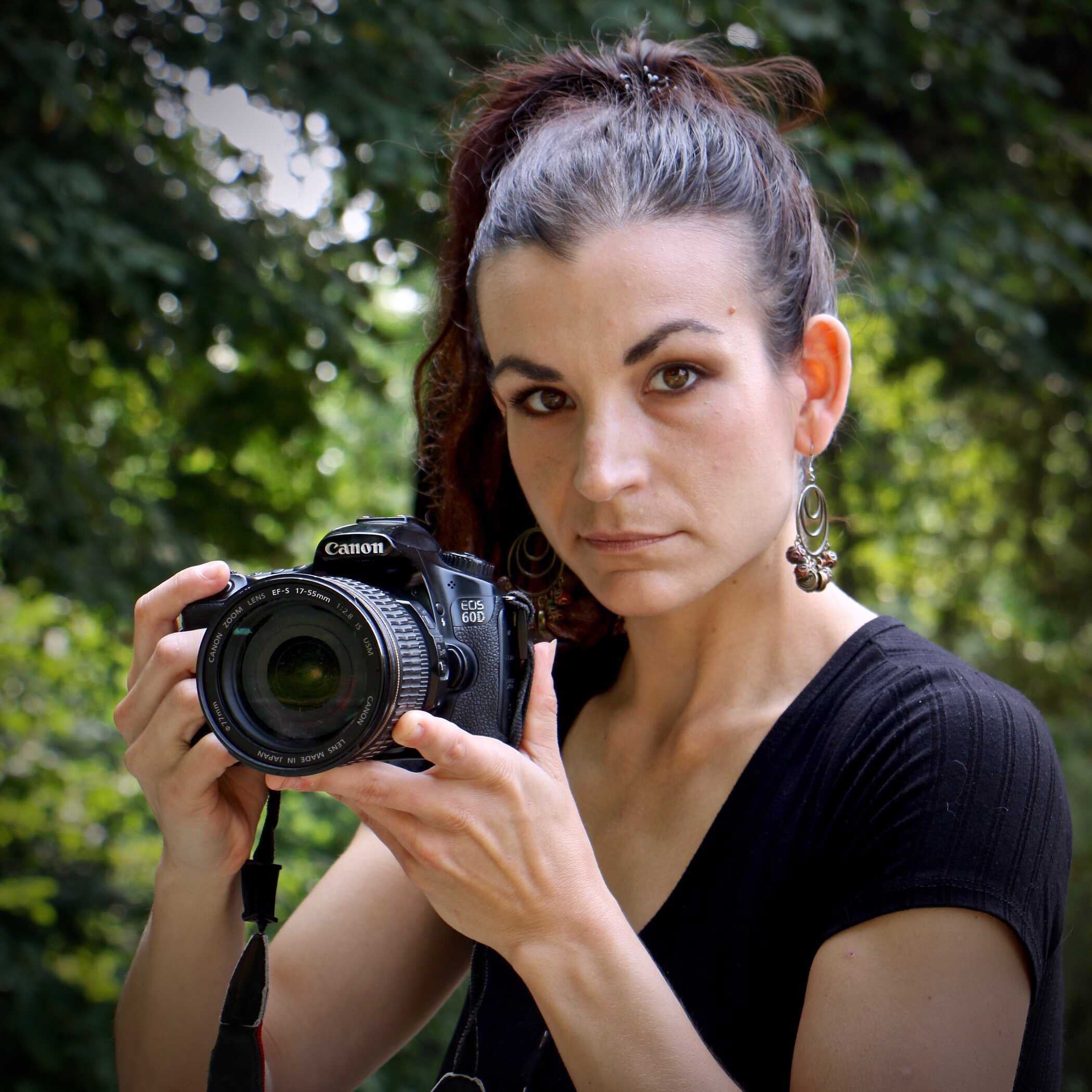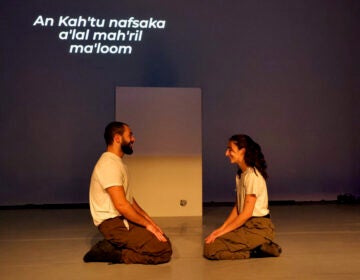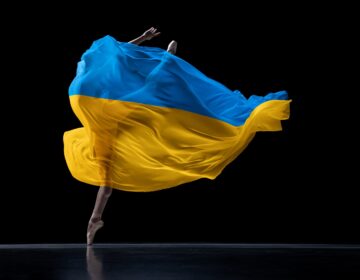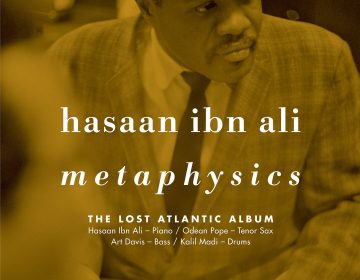Watch: Dancing monks from India perform in Philly as part of first U.S. tour
The Dancing Monks of Assam teach and perform a 600-year-old classical Indian dance form called Sattriya.
Visiting the U.S. for the first time, 10 monks from a remote part of northeastern India will perform in Philadelphia this weekend.
The Dancing Monks of Assam, teachers, and performers of the 600-year-old classical Indian dance form Sattriya, dance to honor Krishna.
“This dance form comes from the banks of the Brahmaputra River, and to bring them here to my adopted home on the banks of the Schuylkill, was very special and very emotional for all of us,” said Madhusmita Bora, who came to the U.S. as a graduate student in 1999 and who has lived in Philadelphia since 2008.
Bora and Prerona Bhuyan, both born in Assam, are the co-founders of Philadelphia’s Sattriya Dance Company. They have dreamed of bringing some of the dancing monks to the U.S. from their home state for years.
When a textile linked to the saint who created Sattriya was discovered in Paris, Bora began searching the archives of the Philadelphia Museum of Art and discovered a similar textile in the collection. That find helped her secure a grant from the Pew Center for Arts & Heritage to bring the monks to the U.S.
So far, said Bora and Bhuyan, it has been somewhat exhausting to take care of the monks and drive them around in a big, white van. But both women said it’s been a fulfilling experience.
On Monday, the monks taught Drexel University’s Theater Performance Ensemble Sattriya movements. Bora and Bhuan watched with delight as the students learned Assamese chants, bowed, and lifted their legs to create the movement, which is sometimes described as resembling a wave.
Through a translator, Naren Chandra Boruah, one of the visiting monks, explained the origin of Sattriya in the 15th century saint.
“Srimanta Sankardev, the great saint, used Sattriya, to decode the texts, the sacred texts that were not accessible to the masses at that time, and he basically used the dance to give life, to the words of the sacred texts and then take that as a medium to the people to spread his message,” Boruah said. “He basically espoused for a classless and equal society.”
Although the dance traditionally has been performed by men, in the 20th century, many teachers began extending the art to women.
Many of the monks have been training in the monastery since they were toddlers. In Assam, the monastery is open to the public year-round, but the monks perform the entire repertoire once a year as an homage and offering to three of the tradition’s greatest teachers.
The monks have performed at the Library of Congress in Washington, D.C., and at venues in New York City. They can be seen at the Mandell Theater on Drexel University’s campus on Saturday.
WHYY is your source for fact-based, in-depth journalism and information. As a nonprofit organization, we rely on financial support from readers like you. Please give today.





